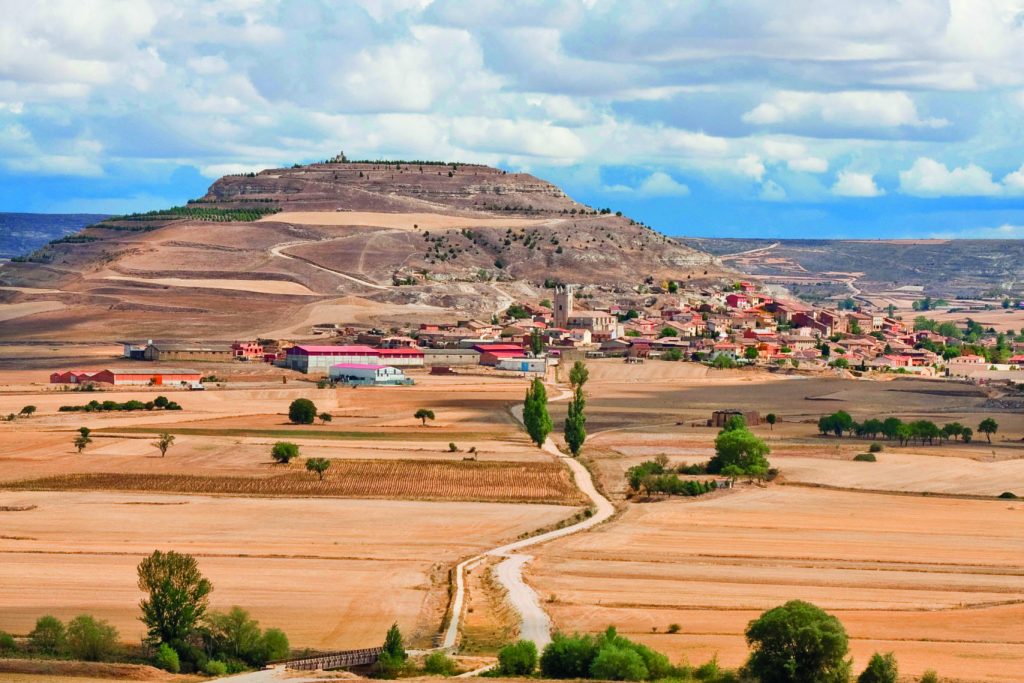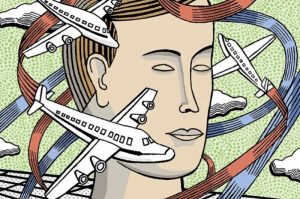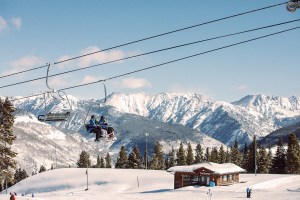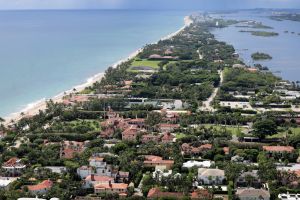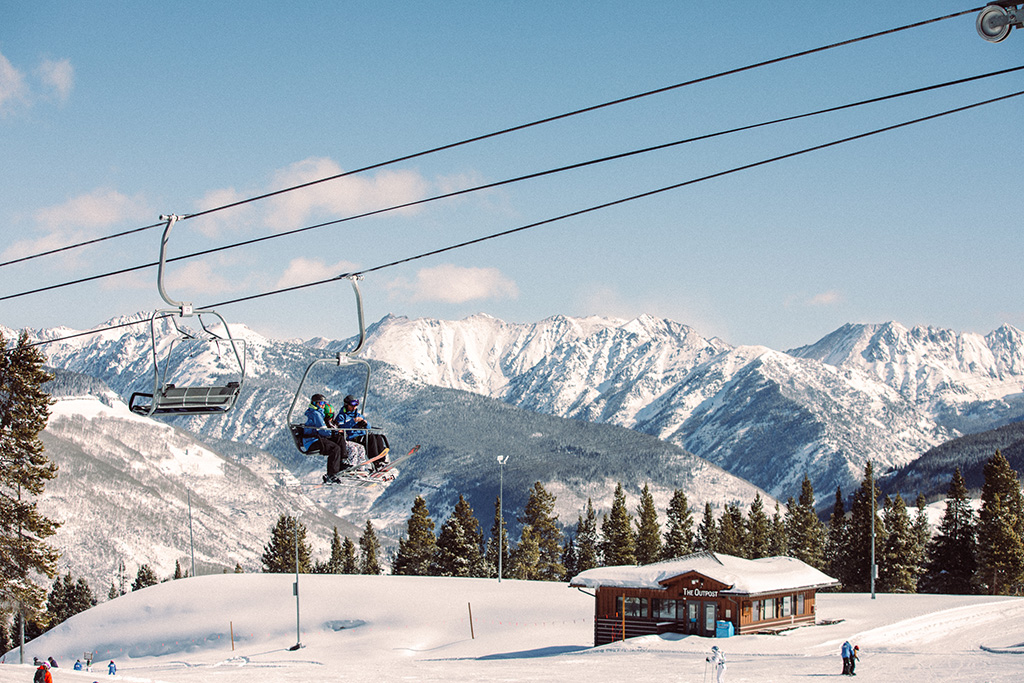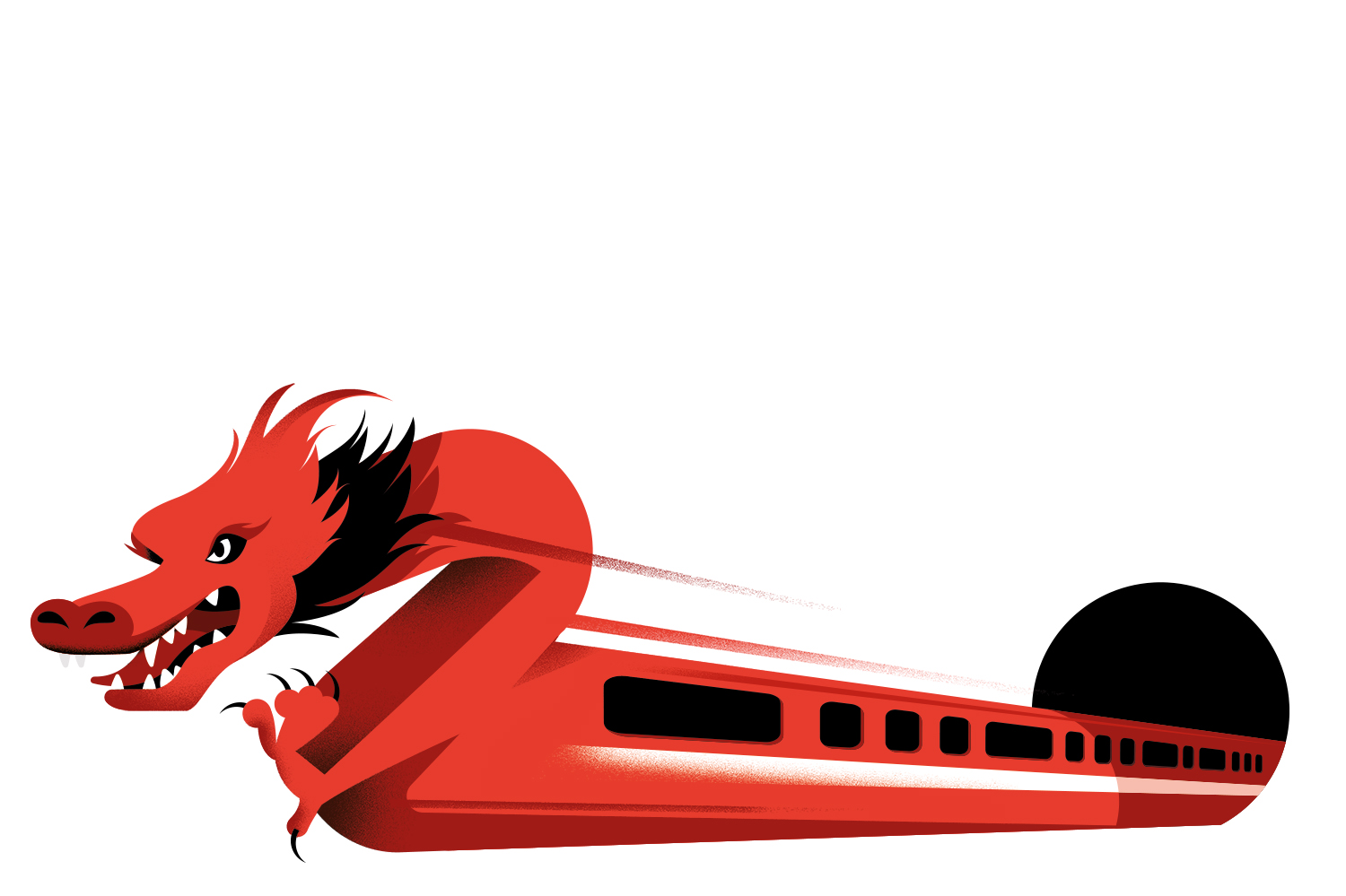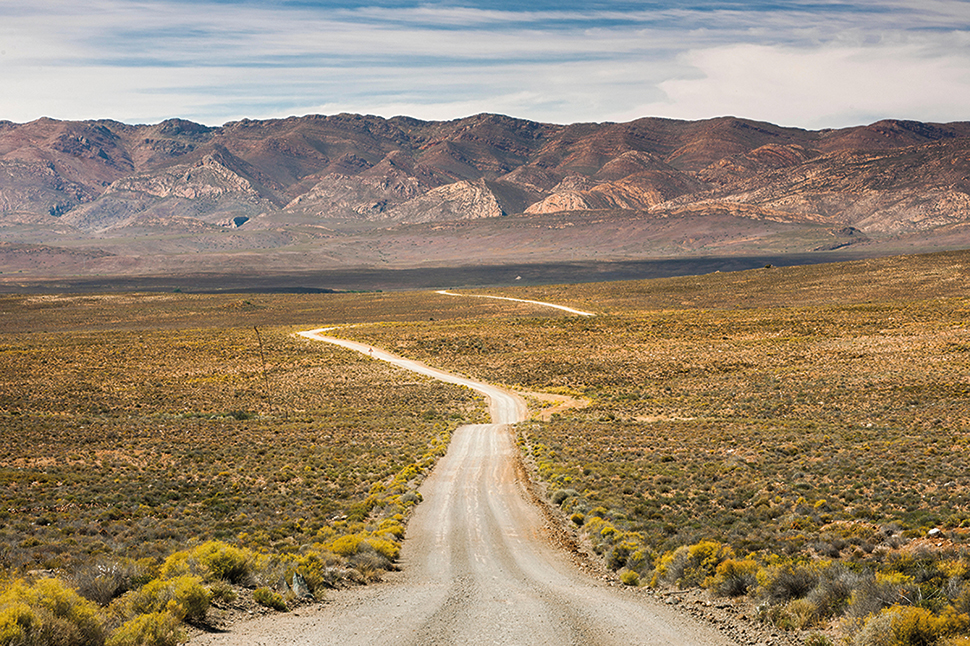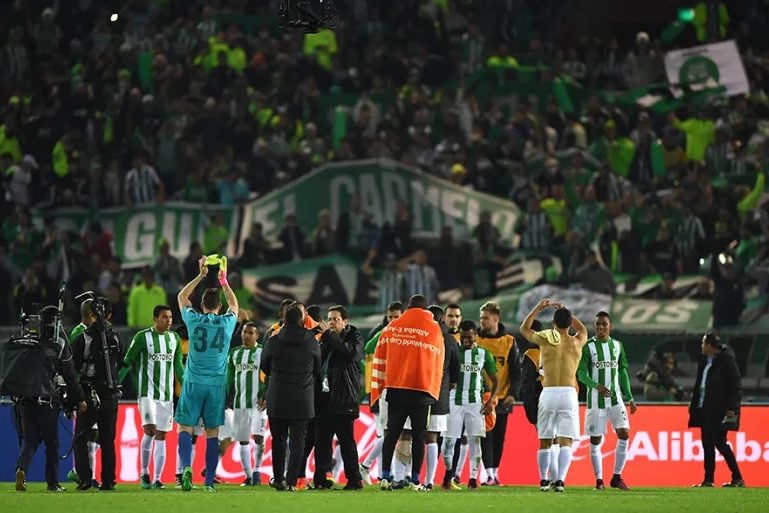Hiking toward the Spanish border on my second day after setting off from Bayonne, I set down my backpack on a grassy patch beside a beach. It was bloody hot — August in the southwest of France — and the sight of beachgoers taking a shower had a cooling appeal.
I stripped to my underwear and enjoyed the bracing shower burst. Then I looked down. Water was cascading over what looked like leprosy, breaking out over the right side of my chest. Feeling self-conscious, I got dressed and plodded on. Twenty-five miles later, at the sparkling city of San Sebastián, the pain proved too much. I lifted my shirt to two Portuguese pharmacists — and they pointed me toward the nearest hospital.
I had herpes zoster, commonly known as shingles. It’s the reactivation of the chicken-pox virus, and uncomfortable. For the next few nights I paced my hostel bedroom wanting to beat the walls, succumbing to exhaustion just before sunrise. Finally the carnage across my torso began to burst and crust over (a good sign, I’d read online). I rejoined the Camino del Norte, tracing the northern coastline of ‘Green Spain’, where forests and rocky hillsides meet glittering beaches.
The Iberian Peninsula is littered with Camino routes — collectively known as the Camino de Santiago — stretching back into France and even Italy. This reflects the myriad origins of the medieval pilgrims who headed toward the city of Santiago de Compostela in Galicia, northwestern Spain, which is claimed as the resting place of St James, for whom the city and pilgrimage are named.
The Camino Francés, the most popular route, served during the Middle Ages as a pagan pilgrimage to Finisterre, then viewed as the end of the known world, which lies on the Galician coast 50 miles on from Santiago. Medieval pilgrims arrived at the shoreline to gaze in wonder at the Atlantic’s expanse seemingly stretching into infinity. But around 1,000 AD, the canny Benedictine monks of Cluny in France began fostering the route’s religious reputation, based on the claim St James had preached the gospel in Spain soon after the Crucifixion, and that after his martyrdom in Jerusalem his body had been smuggled back to Galicia by disciples. Unfortunately — or not, depending on your tolerance of religion — most scholars seem to agree that St James never came to Spain at all. Nothing of the sort is suggested in the Acts of the Apostles, which record his death.
Such quibbles aside, the Camino is no normal pilgrimage. Nonbelievers match if not outnumber the religiously inspired on this epic journey (camino means ‘journey’ in Spanish). Along with the intrepid French, German, Dutch, Swiss and Irish pilgrims I met, I marveled at the rugged scenery of Spain’s northern coast while eating too much chorizo and octopus and drinking too much café con leche and cheap but good-quality red wine. One of the few American pilgrims I met explained she had left her Instagram job, and how the pilgrimage experience had left her feeling that she had been brainwashed by the lifestyle she embraced before.
Occasionally when I checked back into Twitter, I was reminded of that bleaker world out there, though there were ominous hints of it on the Camino too. ‘We show no mercy. ONLY THE HARDEST WILL SURVIVE,’ was sprayed on a wall as I headed out of Bilbao, Spain’s edgy answer to Berlin. There weren’t other references around this uncompromising message to indicate exactly what it referred to. But it chimed with the culture wars that generate such pugilistic moods in the US and the UK, with societies caught between the old and the new, between traditional values and progressive ideologies.
Once in Finisterre, where many present-day pilgrims continue after Santiago, I found myself playing music by the Doors on my phone while watching the stunning sunsets seen from Praia do Mar de Fóra. On this much-vaunted beach, you get a sense of what those pagan pilgrims must have felt when they arrived to pay homage to the mystery of the world and of life. Jim Morrison singing ‘Break on Through’ and ‘Indian Summer’ seemed a good match for the alternative spirit of Finisterre — one particularly charming French pilgrim in her fifties said it reminded her of Kathmandu during the 1970s — and its laidback indulgence of too much drink and drugs culminating in sex.
One night I watched a ‘moonset’, where a half-moon sank toward the sea while pivoting on to its side as if tipsily falling over in slow motion. It finally hit the horizon, turned bright orange and sank into the sea, looking like a ship in flames. The spectacle required no drugs, just the cosmos doing its thing reminding me how we are all tiny, insignificant though brave pilgrims.
Almost everyone who comes to Finisterre agrees it is a special place. Perhaps it’s something about the energy from all those travelers over the ages, with their hopes, heartaches, plans and emotions. But once I noted I was averaging at least one bottle of red wine per sunset, I reasoned it was time to move on. I began southward on the Camino Portugues — admittedly in reverse — toward the border with Portugal.
Portugal compared with Spain is a bit like what Canada is to America: the landscape remains entrancing while the people and culture are more chilled. Though it wasn’t always so mellow.
‘The woods are lovely, dark and deep/ But I have promises to keep,’ the proprietor of a large old family home converted into a hotel in the city of Tomar suddenly piped up, clearing the breakfast dishes and effortlessly quoting Robert Frost’s ‘Stopping by Woods on a Snowy Evening’. We nicknamed him the Count as a fellow pilgrim had just read Alexandre Dumas’s The Count of Monte Cristo. A rakish-looking fellow — a cross between a ski instructor and a slick politician — the Count told us how he’d once been a bit of a con man to survive after his family, exiled during Portugal’s political upheavals during the 1970s, had hopped across various European countries.
Atop the hill overlooking Tomar, I explored stone corridors, passing courtyards of orange trees in the fortified headquarters of the Order of the Knights Templar. Later I pushed southward through Portugal: ancient towers, castles, cathedrals and defunct windmills straight out of Miguel de Cervantes’s Don Quixote dotting the landscape. When the walking sticks took me to the coastline it became empty beaches alongside fishing villages, including Nazaré — where I spent New Year — now viewed as the Mecca of wave-surfing.
As I strode into Lisbon a few of the gorgeous young things sitting along the quayside admiring the sunset turned their heads my way as my walking sticks caused a ruckus on the pavement. Some looked sure to cause heart attacks on a warmer day at Copacabana beach — there’s a far comelier type of Brazilian strain that’s found in Portugal courtesy of its former colony. Their effortlessly edgy trendiness reinforced how 1,200 miles had left me looking like a destitute vagrant, complete with feral beard and bulging eyes. But the loss of elegance has been worth it to claw back a sense of freedom and personal agency, even pride. I increasingly suspect my years spent in America have triggered a latent libertarian strain.
Considering what to do next after reaching journey’s end has me pondering the tale of a pilgrim who Camino-ed on toward Jerusalem. On the other hand, maybe it’s time to follow those other Pilgrims, and find my way back to America.
This article was originally published in The Spectator’s August 2021 World edition.



